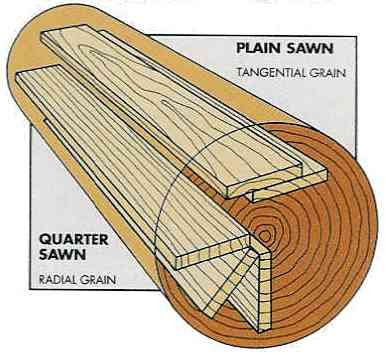The Holy grail of tonewoods
And the unique figured staves!
Giannis Tsoulogiannis sent me today two photos from his workshop , showcasing the Neapolitan mandolin's bowl just before next month's restoration/conversion process
This bowl back mandolin has been created by Brazilian Rosewood, the "Holy Grail" tonewood as has been considered by many players and luthiers
Brazilian Rosewood (Dalbergia nigra) produces a very hard and heavy wood, characteristically varied in color from brick red through various shades of light chocolate brown to very dark violet brown with veins of black creating random lines and a highly prized figure called 'spider webbing' or 'landscape'. The odor of Brazilian rosewood is unmistakable, having a floral fragrance reminiscent of roses with a distinctive sweetness and at its strongest in very colorful old growth wood. Another distinguishing feature is its outstanding resonance. When tapped it emits a bright metallic ring that sustains. This property combined with its beauty has made Brazilian rosewood a favorite of musical instrument makers for centuries.( www.Wikipedia.com)
Most of the bowl back Neapolitan style mandolin's constructed during the end of the 19th beginning of the 20th century used Brazilian Rosewood. These days Brazilian rosewood is protected by strict environmental laws.
But this latest Neapolitan mandolin carries unique staves made by figured flat-sawn, rather the quarter-sawn, straight grain Brazilian Rosewood (which we encounter mostly in vintage mandolins)
A big debate holds strong with opposite opinions, regarding which wood gives the highest quality of tone. and durability
The following diagram demonstrates the two different techniques in "cutting" the tree trunk
Accordingly to the luthier Giannis Tsoulogiannis , the overall construction of this mandolin is at highest standards
Giannis Tsoulogiannis sent me today two photos from his workshop , showcasing the Neapolitan mandolin's bowl just before next month's restoration/conversion process
This bowl back mandolin has been created by Brazilian Rosewood, the "Holy Grail" tonewood as has been considered by many players and luthiers
Brazilian Rosewood (Dalbergia nigra) produces a very hard and heavy wood, characteristically varied in color from brick red through various shades of light chocolate brown to very dark violet brown with veins of black creating random lines and a highly prized figure called 'spider webbing' or 'landscape'. The odor of Brazilian rosewood is unmistakable, having a floral fragrance reminiscent of roses with a distinctive sweetness and at its strongest in very colorful old growth wood. Another distinguishing feature is its outstanding resonance. When tapped it emits a bright metallic ring that sustains. This property combined with its beauty has made Brazilian rosewood a favorite of musical instrument makers for centuries.( www.Wikipedia.com)
Most of the bowl back Neapolitan style mandolin's constructed during the end of the 19th beginning of the 20th century used Brazilian Rosewood. These days Brazilian rosewood is protected by strict environmental laws.
But this latest Neapolitan mandolin carries unique staves made by figured flat-sawn, rather the quarter-sawn, straight grain Brazilian Rosewood (which we encounter mostly in vintage mandolins)
A big debate holds strong with opposite opinions, regarding which wood gives the highest quality of tone. and durability
The following diagram demonstrates the two different techniques in "cutting" the tree trunk
 |
| www.acousticguitarforum.com |
Accordingly to the luthier Giannis Tsoulogiannis , the overall construction of this mandolin is at highest standards




Comments
Post a Comment